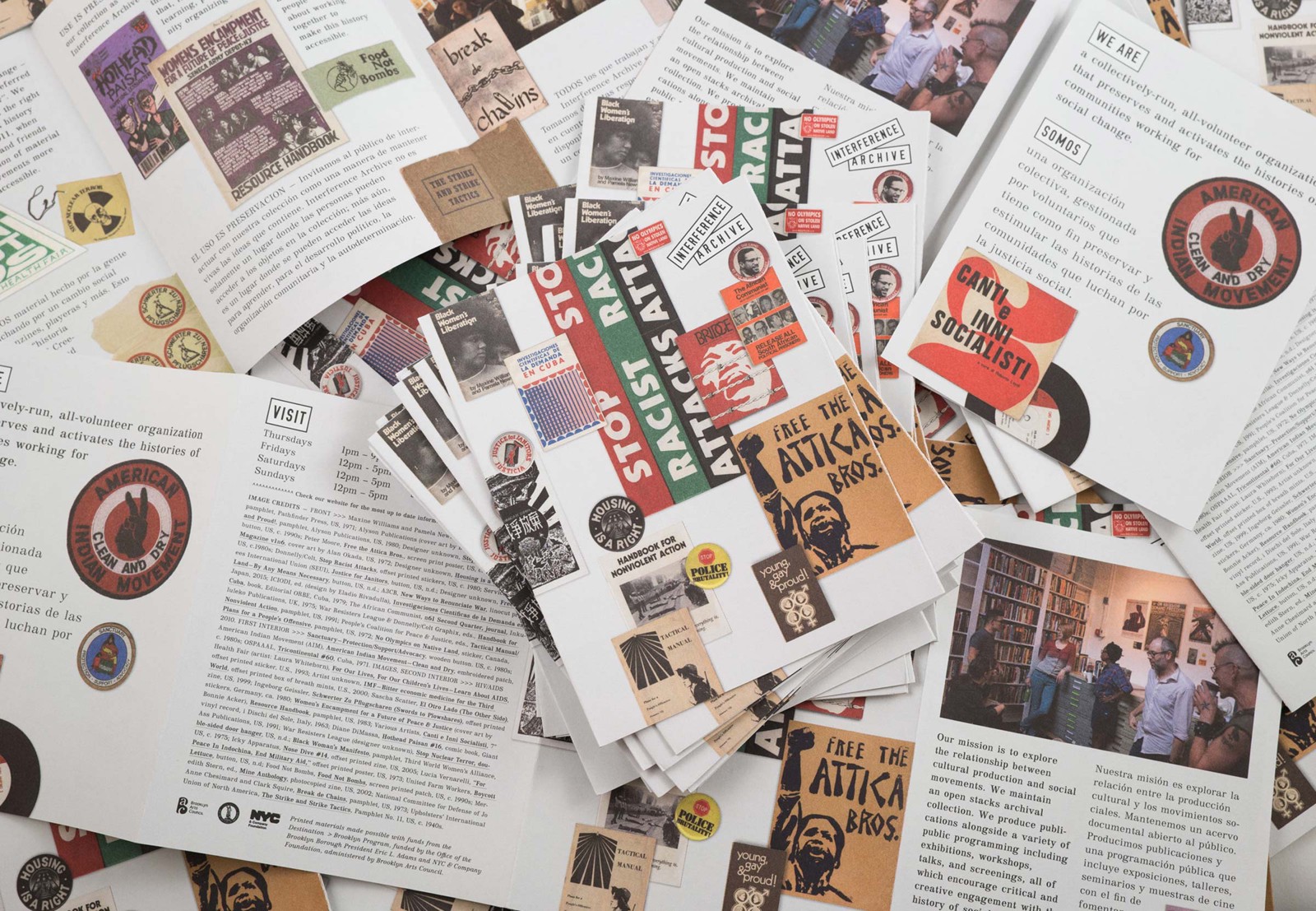
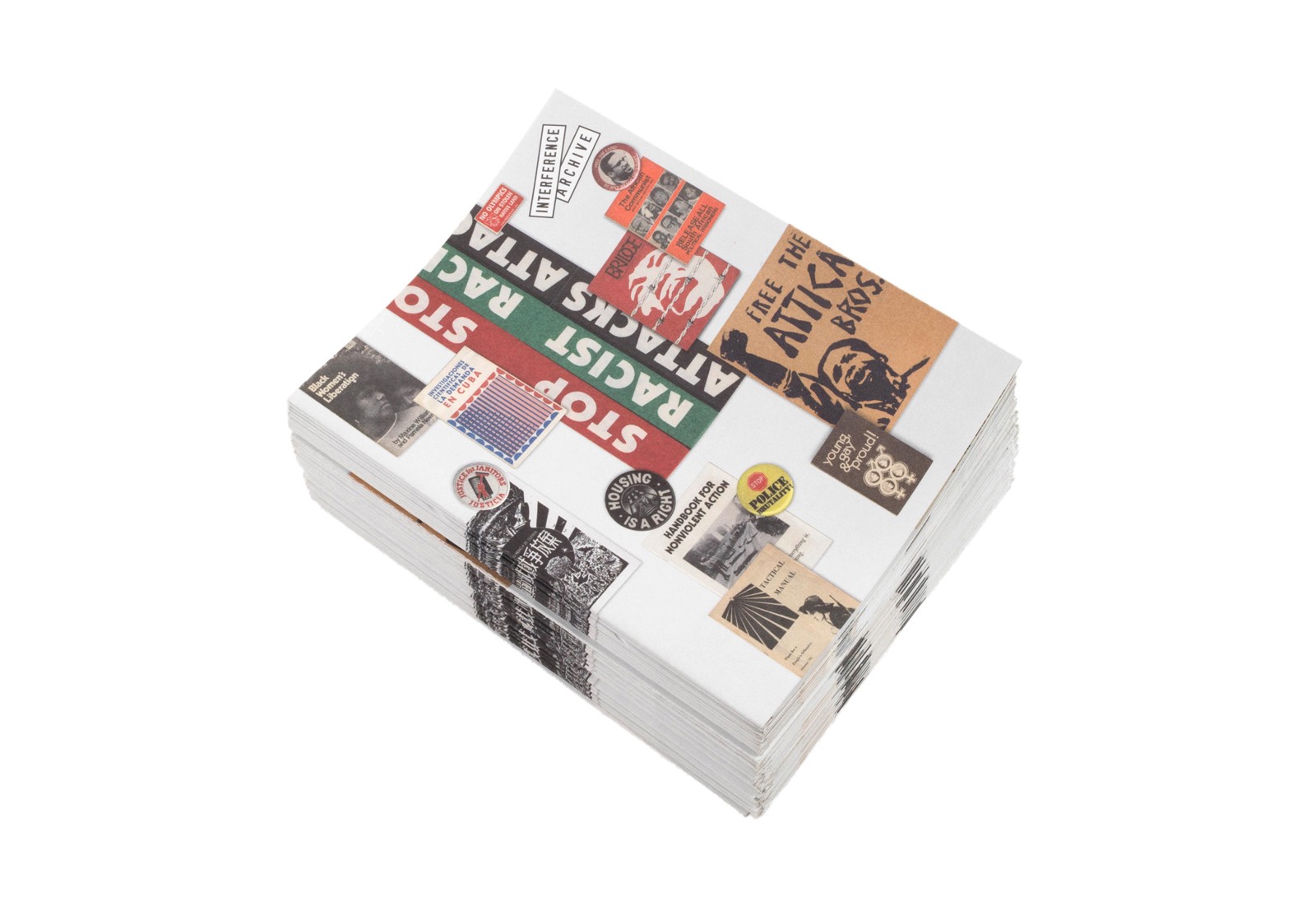
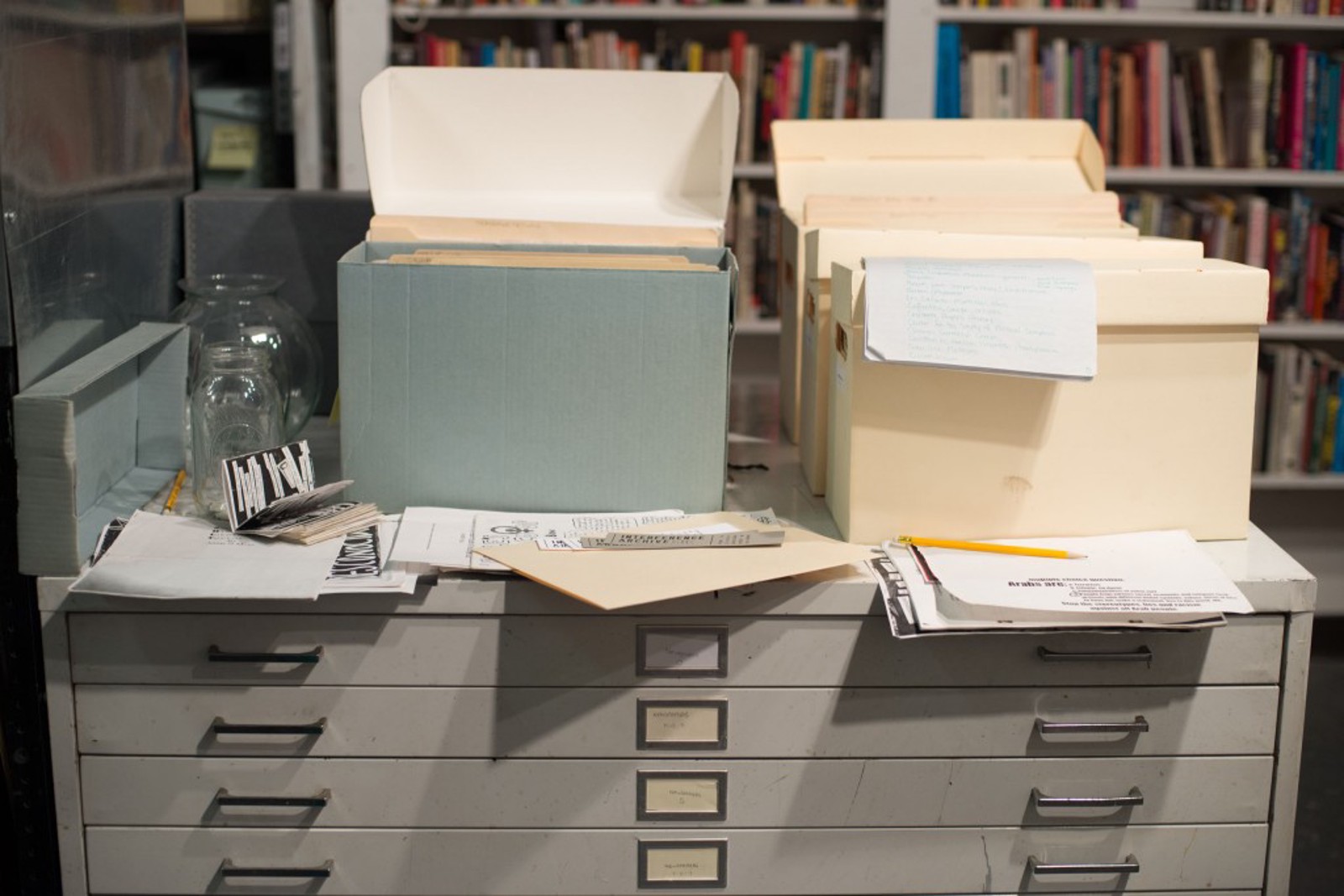
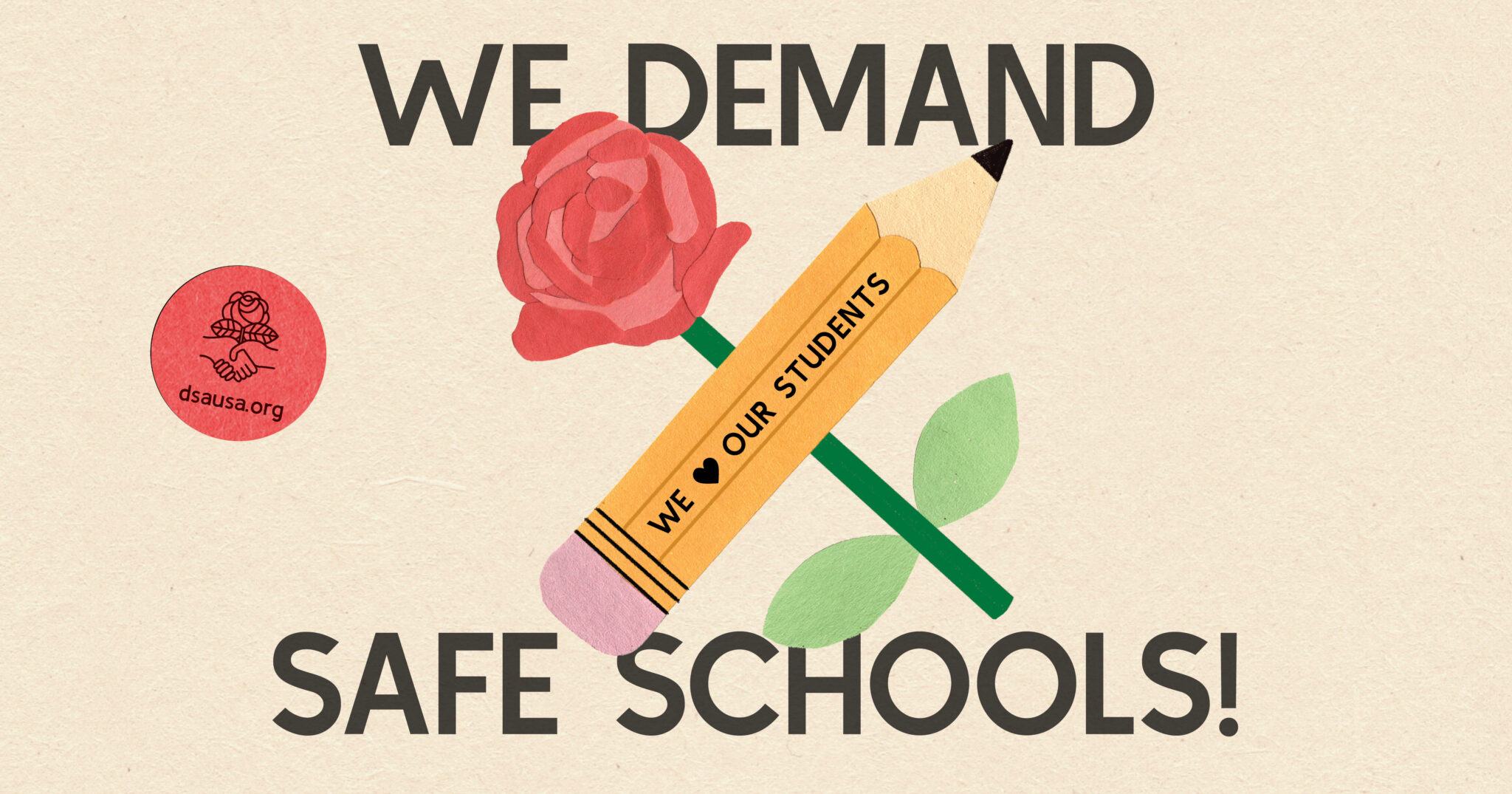
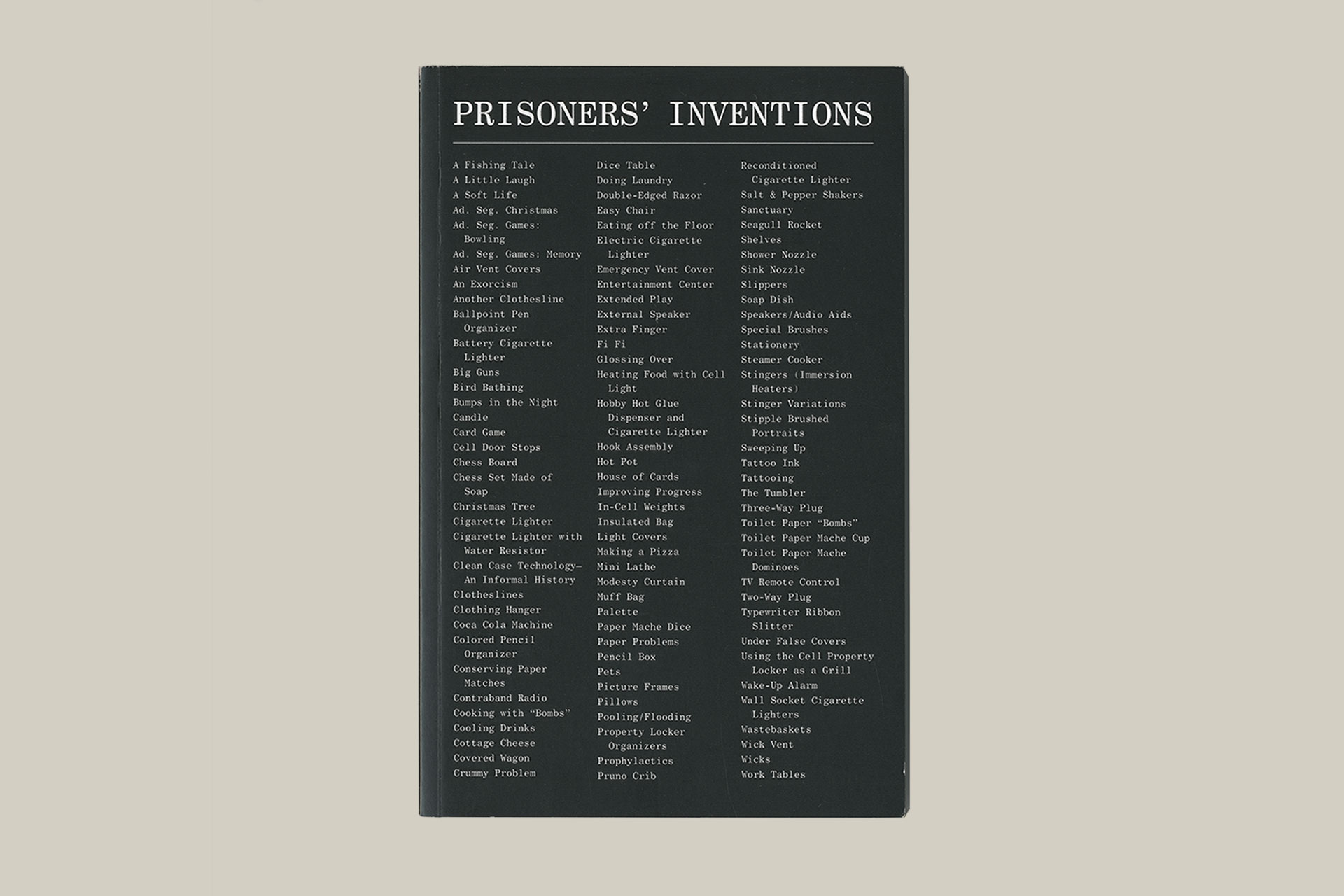
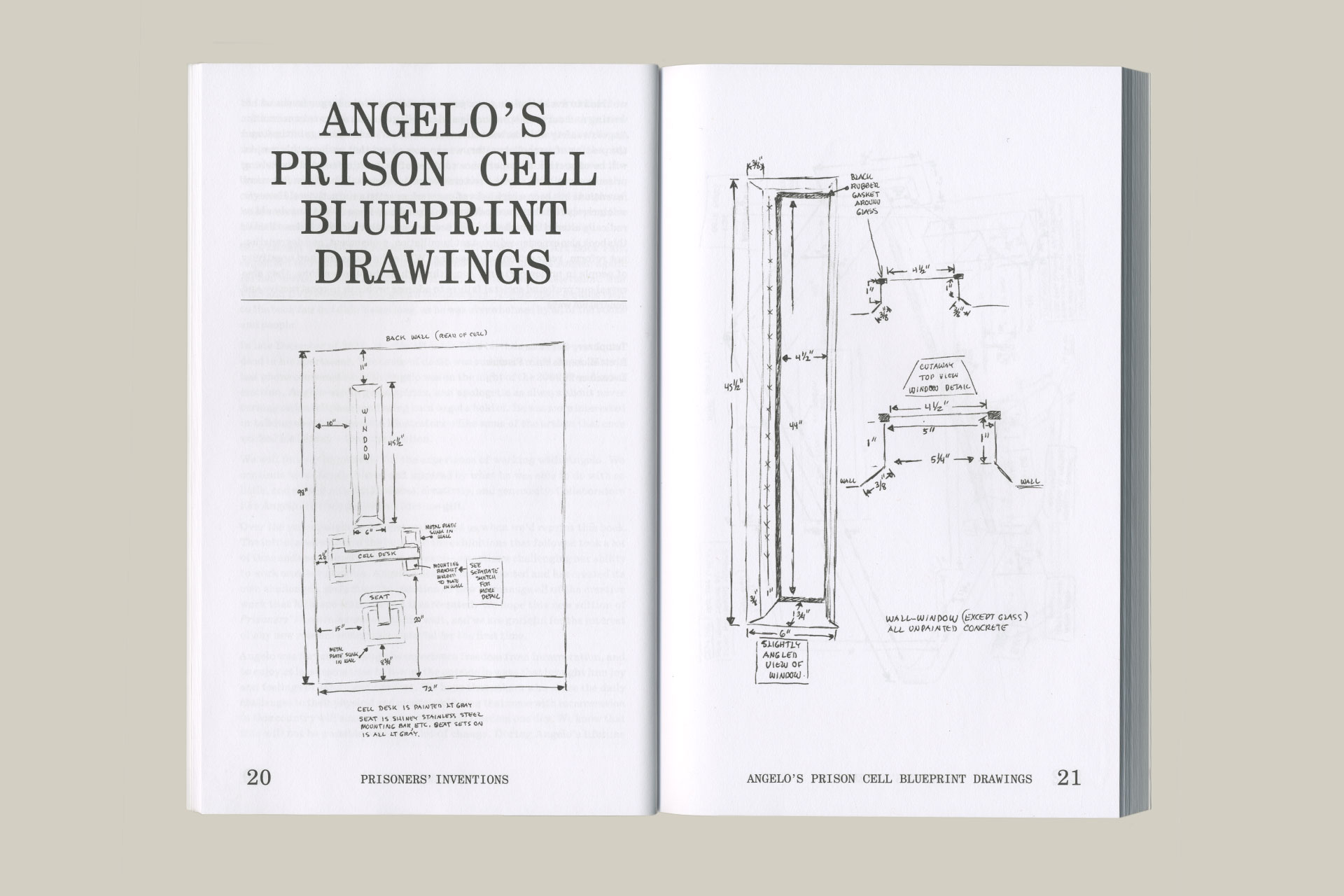
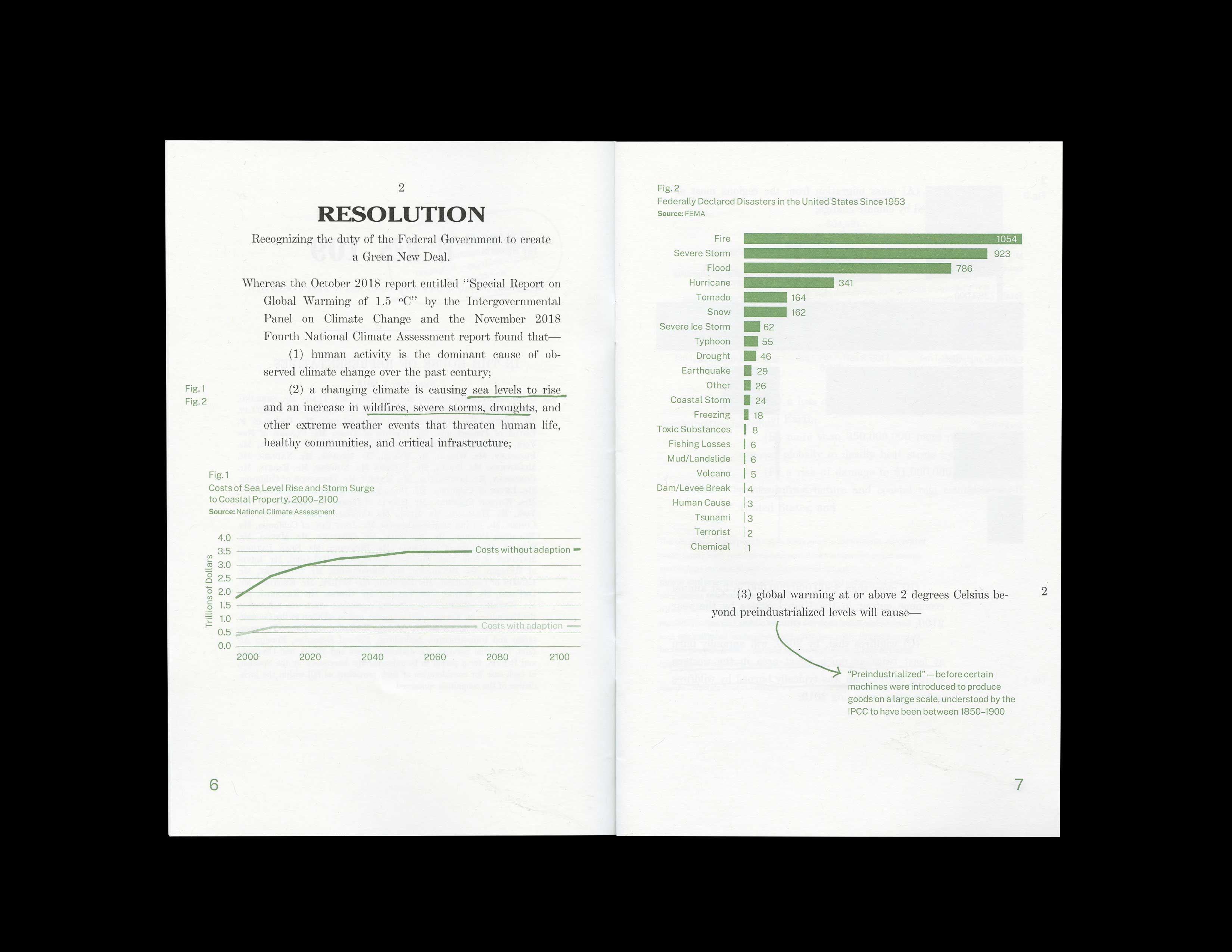
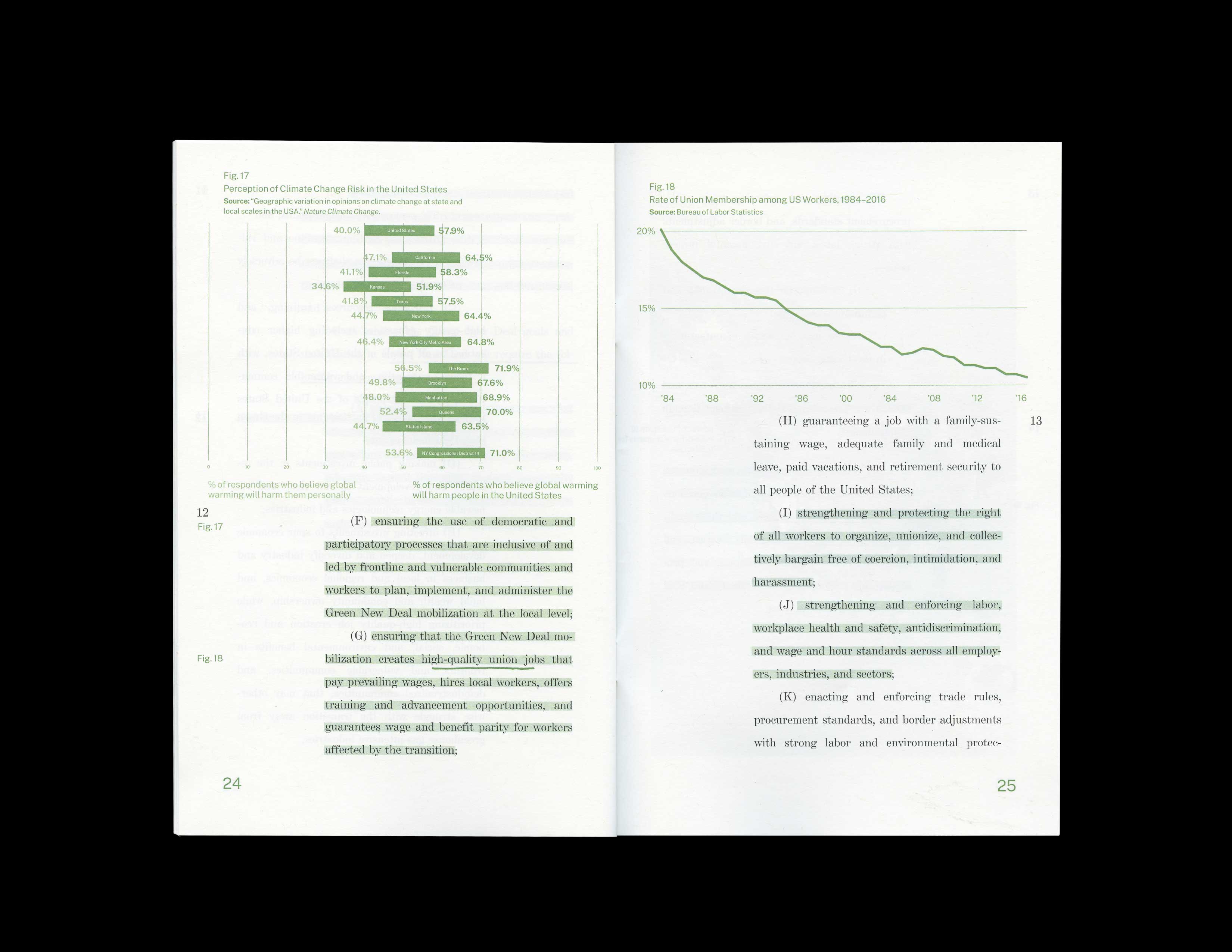
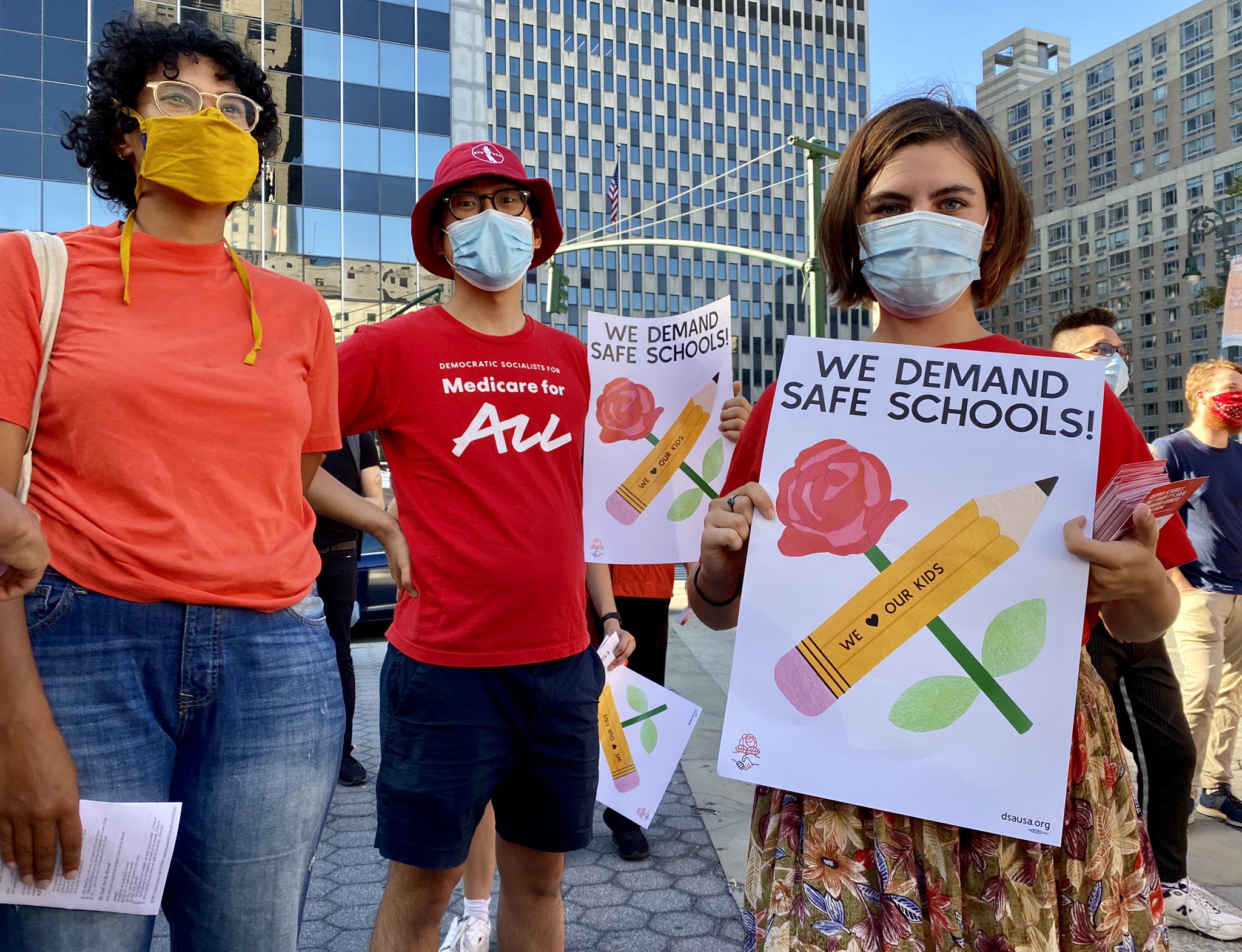

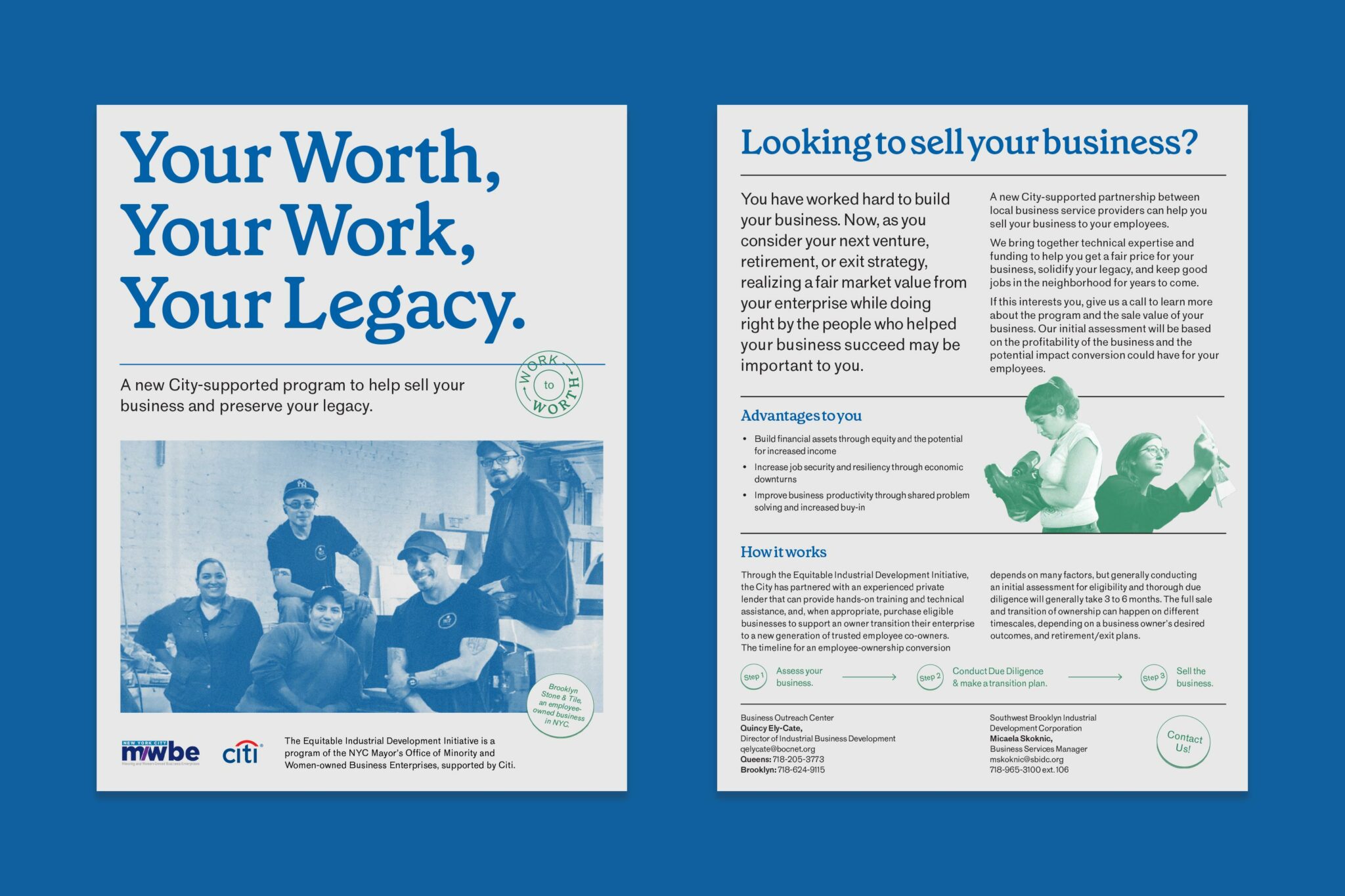
Partner & Partners is a New York-based worker-owned design studio that focuses on print, exhibition, interactive, and identity work with clients and collaborators in art, architecture, government, and activism.
In early 2022, library library spoke with partners Devika Sen, Greg Mihalko, Logan Heffernan, Lulu Johnson, Erik Riley, and Zach Mihalko about how the studio was formed and the ways in which they’ve applied the co-op model to P&P from democratic decision-making to financial transparency. This discussion also touches on Partner & Partners’ collaborative working process as well as labor and the economics of the design profession.
Visit Partner & Partners.
l.l. To begin, can you speak a little bit about how Partner & Partners got started and what motivated you to build a design studio around the co-op model?
P&P: Partner & Partners was originally started by Greg Mihalko back in 2013. He had previously been working at traditional hierarchical agencies, and was greatly influenced by the Occupy Wall Street movement. He was also collaborating with artist collectives like Justseeds and Interference Archive, who we continue to work with now. The result was a design studio with very little hierarchy, if any at all.
The makeup of the studio changed over the years, but the lack of hierarchy did not. Eventually, in 2019, we had a group of five of us that were committed to making the transition to worker-ownership happen. Greg and his brother Zach, who had run P&P as a traditional two-person partnership for six years, knew they would benefit from shared ownership and responsibility among the rest of the team.
In 2020 we transitioned to being legally worker-owned. While nothing changed drastically, becoming employee-owned made our structure officially cooperative. We had always practiced collective decision-making but now, with everyone’s equal stake in the company, we all share financial responsibility, and a shared commitment to its success.
l.l. In a recent piece for AIGA Eye On Design, you describe a more equitable pay model as a defining characteristic of worker-owned co-ops. Can you speak more about how Partner & Partners approaches this from a practical standpoint?
P&P: When we converted from a traditional business to a co-op we didn’t dramatically alter our pay structure which is primarily based on a mix of seniority and skill level, with a relatively small gap between the lowest and highest salary. The biggest difference is that we have complete transparency regarding pay and benefits, and at the end of each year we openly review and decide on percentage-based raises, ensuring we’re all comfortable with what we make. So far we’ve only distributed dividends once, which was an equal split of profit to all owners. Since this cooperative structure is relatively new to us, this may change in the future but we’re committed to keeping these conversations open and transparent.
l.l. At Partner & Partners, all members vote on decisions related to new business, hiring, spending, and profit sharing. How is this voting system structured? What constitutes a “majority” and how do you deal with stalemates? Can you speak more about this democratic decision-making model in practice?
P&P: Our decision-making structure is codified in our operating agreement as “consensus minus one,” constituting a majority vote. As a new worker-owned business, we haven’t yet run into issues with this structure. Our team is small and like-minded, and this structure mostly plays out in business development. We discuss all project inquiries and opportunities as a group, and must come to a consensus before taking anything on.
l.l. How do you see business expansion working under the co-op model? How do employees of Partner & Partners become members, and which challenges do you foresee as things scale up?
P&P: Currently, full-time employees are placed on a two-year partner track; this gives both the studio and individual time to gauge the fit and flow of working together. At the end of this period, employees can be voted into the co-op. For the time being, we expect this model to remain in place. We don’t expect or aspire to become a 50 person operation over the course of a calendar year (or ever), so the pragmatic limitations of the studio’s project load keeps our rate of growth manageable.
Similar to other studios, our non-member team fluctuates depending on current project needs and schedules; if we’re near capacity but are offered an opportunity that we’re all excited about, we have no qualms about finding an additional freelancer to help with the workload.
l.l. Do you think the co-op model can help combat the disillusion permeating the design industry while clients continue to demand more (and faster) for less? Even if pay is equitably distributed within specific organizations, how can designers ensure they are paid sufficiently for their work when there is always someone else willing to take the job for less?
P&P: It’s hard to not be consumed by this race to the bottom. We’re lucky enough to work with clients that value the studio’s principles and structure; while there’s probably always someone ready to do a job for less pay, a good client or collaborator tends to understand that there’s a point at which the pay they’re providing is exploitative of the designer(s) taking on the project.
This varies greatly by country, as well; certain countries have much more money allocated to both the organizations that might contract a designer/studio as well as financial support for the studio itself (and, of course, social safety nets that can limit the degree to which precarity influences design practice).
l.l. In an AIGA roundtable discussion on labor, you brought up the challenge of practicing socially-responsible design. How might graphic designers reconcile a deep-rooted complicity with the interests of capital while still trying to make a living under the capitalist system? And to borrow a question from Michael Rock, “is [social] responsibility a function of the form, the content, the materials or the client?”
P&P: We feel that it’s critical for designers to first acknowledge that design is a service, and that any project should first serve the needs of the client. Across design discourse, there’s a somewhat pervasive idea that the formal qualities of design—specifically commissioned work—should transcend the market it was made for. Placing disproportionate importance on the formal outputs of design excuses the influences of capital; it selectively removes the context in which the work was made, becoming uncritical of the system it belongs to.
If all labor under capitalism is to be understood as a form of alienation, designers must learn to confront the unavoidable contradictions of anti-capitalism from within the constraints of capital. Ultimately, the social responsibility of the designer is larger than their practice; designers should recognize that their power as laborers is realized through organizing with other workers.
l.l. Can you describe Partner & Partner’s collaborative working process? How do you think this process affects the form and content of the studio’s creative output?
P&P: At P&P, we try to avoid being too precious with our work. Being horizontally-organized prevents any tendency for the studio to generate work that fits within the singular vision of a principal or creative director. Most projects start with as many of us involved that have capacity; we start by trying to surface all of our ideas, and we’ve found Figma to really help with this collaborative sketching. Sharing concepts from their very earliest stages makes it easy to make comments, suggestions, and to riff off of each other. Project teams generally condense as the work moves through the initial concept presentations. Some roles, especially for projects that require development, are explicitly defined at the onset of a project, and others, such as the project lead, are often informed by what directions a client gravitates toward. There’s always a balance that needs to be struck between really strictly regimenting our project approaches and allowing everyone space to follow their instincts and see what connects.
l.l. Are there any books, essays or talks you’d recommend to designers looking to start a co-op?
P&P:
The Detroit Printing Co-op, Danielle Aubert
Every Design Studio Should Be a Worker-Owned Studio, Partner & Partners and Design Action Collective, AIGA
Running a non-hierarchical organisation, Common Knowledge
Economic Update: Socialism & Worker Co-Ops, Richard Wolff (or any of the Democracy at Work videos!)
The U.S. Federation of Worker Co-ops has a useful compilation of books about worker co-ops.
Back to top ↑